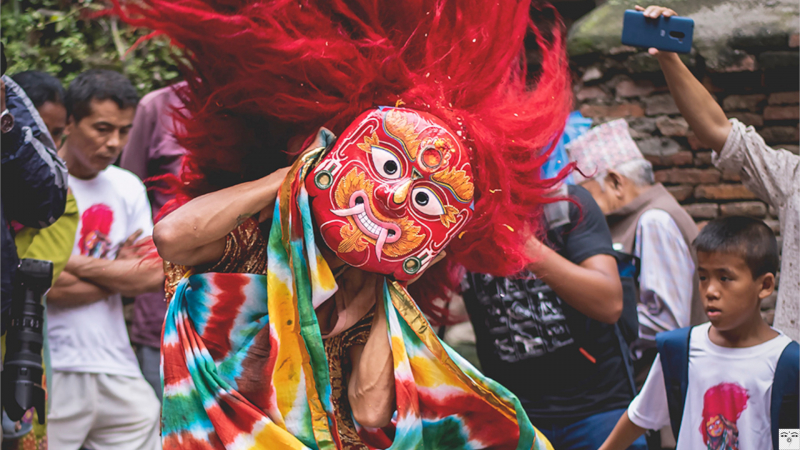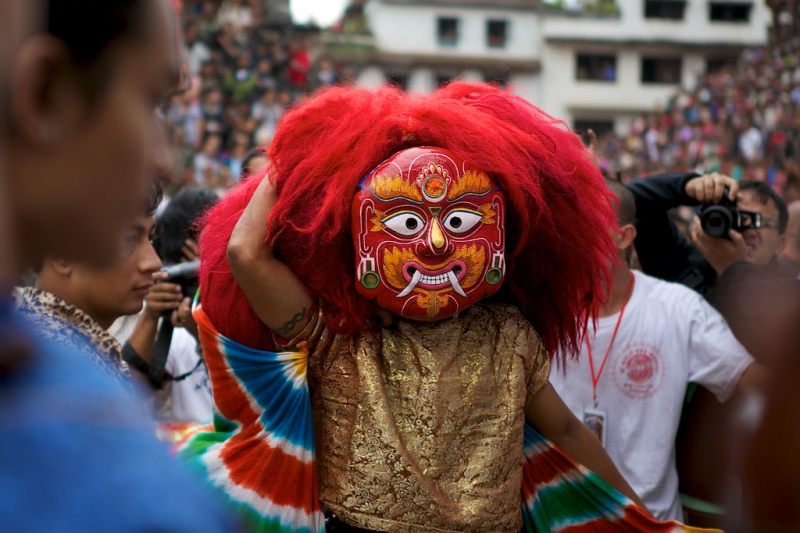Dance
Dance is a performing art form that consists of carefully chosen sequences of human movement. Dance in Nepal encompasses a wide range of styles, from folk to ethnic to classical to modern. Lakhey is a demon's dance in God's carnival. Durbar Square, a historic plaza in Kathmandu, Nepal, facing ancient palaces and adorned by Hindu temples, is always packed on the last day of Indra Jatra, the Hindu king of heaven's festival. Lakhe the demon dances relentlessly and carelessly among gods and deities on this divine stage.
Legend has it that dances in this country originated in Lord Shiva's abode, the Himalayas, where he performed the tandava dance. This indicates that Nepal's dance traditions are very ancient and distinct. The style and costumes of Nepalese dances vary according to altitude and ethnicity.
The Dishka, a wedding dance, features intricate footwork and arm movements. The accompanying music and musical instruments change in time with the themes, which include harvesting crops, marriage rites, war stories, a lonely girl's yearning for her love, and several other themes and stories from village life. Two highlights are the famous Tharu stick dances and the crazy peacock dance, but there are plenty of other surprises. As the evening progresses, expect to be invited to join in the dancing.















